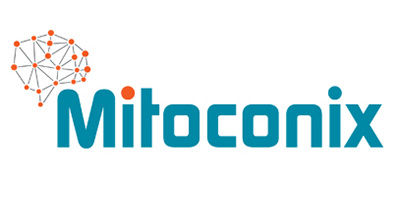Request Demo
Last update 08 May 2025
MTFP1 x DNM1L
Last update 08 May 2025
Related
1
Drugs associated with MTFP1 x DNM1LTarget |
Mechanism DNM1L modulators [+1] |
Active Org. |
Originator Org. |
Active Indication |
Inactive Indication- |
Drug Highest PhasePreclinical |
First Approval Ctry. / Loc.- |
First Approval Date20 Jan 1800 |
100 Clinical Results associated with MTFP1 x DNM1L
Login to view more data
100 Translational Medicine associated with MTFP1 x DNM1L
Login to view more data
0 Patents (Medical) associated with MTFP1 x DNM1L
Login to view more data
3
Literatures (Medical) associated with MTFP1 x DNM1L01 Apr 2024·Journal of Affective Disorders
Suvorexant improves mitochondrial dynamics with the regulation of orexinergic and mTOR activation in rats exhibiting PTSD-like symptoms
Article
Author: Rai, Vipin ; Krishnamurthy, Sairam ; Gupta, Subhas Chandra ; Prajapati, Santosh Kumar ; Ahmed, Sahabuddin
12 Jan 2024·International Journal of Biological Sciences
Glutamine Metabolism Promotes Renal Fibrosis through Regulation of Mitochondrial Energy Generation and Mitochondrial Fission
Article
Author: Tian, Beichen ; Liu, Lele ; Deng, Yuanjun ; Xu, Gang ; Cai, Yang ; Zhang, Tianjing ; Peng, Wei ; Li, Qian ; Han, Min ; Zhang, Chunjiang
01 Dec 2017·Journal of Cellular and Molecular Medicine
Knockdown of Mtfp1 can minimize doxorubicin cardiotoxicity by inhibiting Dnm1l‐mediated mitochondrial fission
Article
Author: Li, Ruibei ; Prabhakar, Bellur S. ; Li, Peifeng ; Aung, Lynn H. H.
Analysis
Perform a panoramic analysis of this field.
login
or

AI Agents Built for Biopharma Breakthroughs
Accelerate discovery. Empower decisions. Transform outcomes.
Get started for free today!
Accelerate Strategic R&D decision making with Synapse, PatSnap’s AI-powered Connected Innovation Intelligence Platform Built for Life Sciences Professionals.
Start your data trial now!
Synapse data is also accessible to external entities via APIs or data packages. Empower better decisions with the latest in pharmaceutical intelligence.
Bio
Bio Sequences Search & Analysis
Sign up for free
Chemical
Chemical Structures Search & Analysis
Sign up for free

